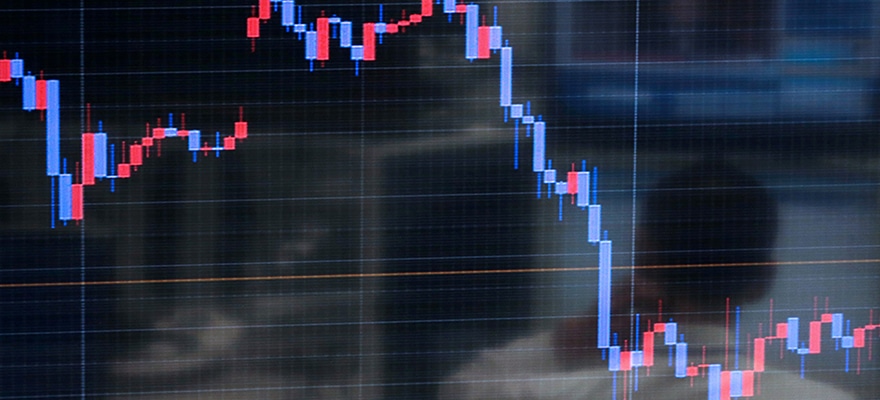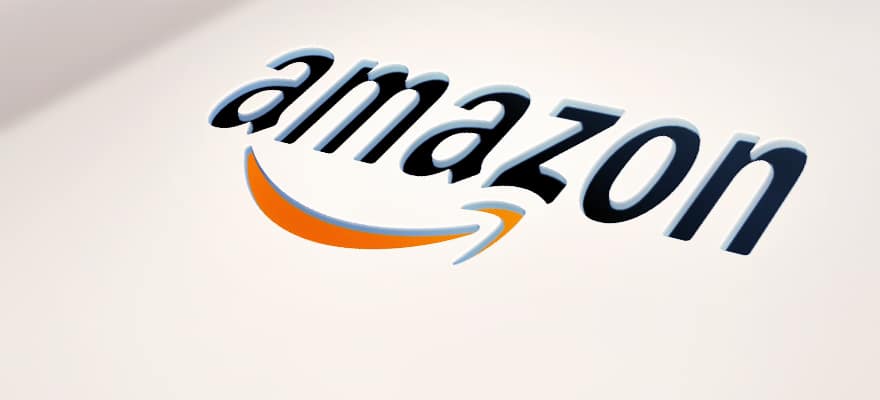Amazon CEO Jeff Bezos unveiled its long awaited smartphone this last week, at a press event held in Seattle Washington on Wednesday, June 18th .
The announcement for the aptly named Amazon Fire Phone was welcomed by mixed reviews from both the Ecommerce/Mcommerce community and the smartphone world.
In similar fashion with its Kindle Fire range of tablets, the new smartphone utilizes Amazon’s forked version of Android coined Fire OS. While running Android at its core, the smartphone does not utilize any of Google’s system apps and relies on its own (and somewhat barren) app store. The primary focus is to immerse Amazon users more heavily in Amazon’s Ecommerce and digital content based ecosystem, alongside the original Kindle, the Fire tablets, and Amazon’s TV set-top box.
The mid to high-end spec device is feature rich, with motion controls and a 3D enabled screen called Dynamic Perspective. Amazon’s futuristic customer support feature which was first introduced on its line of tablets, Mayday, is available as well giving live-cast tech support within a matter of moments.
Amazon’s more Mcommerce oriented reveal is the FireFly application. A more robust and integrated version of its Flow application, FireFly lets consumers simply point the device’s camera at a product to get additional info and see availability on Amazon.com. Amazon is showcasing the feature by also giving it its own physical button to launch the app.
The device is currently only available in the US with a high $650 price tag off-contract, or for a subsidized $200 with a 2 year contract from AT&T. Amazon is also throwing in a year of Amazon Prime membership to all new Fire Phone users. With its not so persuasive price tag, many wonder how much consumers are willing to commit to their online retailer?
The Fire Phone seems to be too little too late from the big A. With a base version of Android at its core, Amazon’s software features seem they can be easily ported over to the more popular platform. Android and iOS users can already buy Kindle books from their respective apps for a few years now, and Amazon’s app-store is available for download on the Google PlayStore.
While creating some interesting hardware and software features and making purchasing from Amazon on a mobile device easier than ever, eventually Amazon’s Fire Phone is simply a pocket size version of its Kindle Fire tablets.
The Fire Phone seems like the final piece of tech to complete Amazon’s hardware ecosystem. The question remains if it will be as successful as other devices in Amazon’s lineup, especially with its specs and price tag?

















